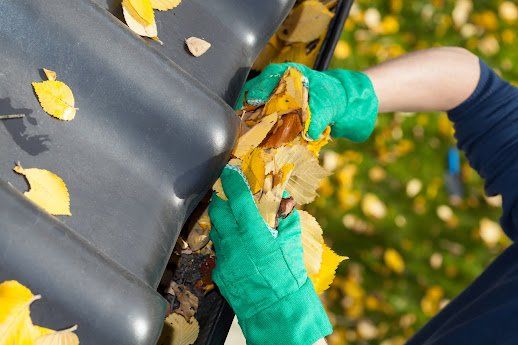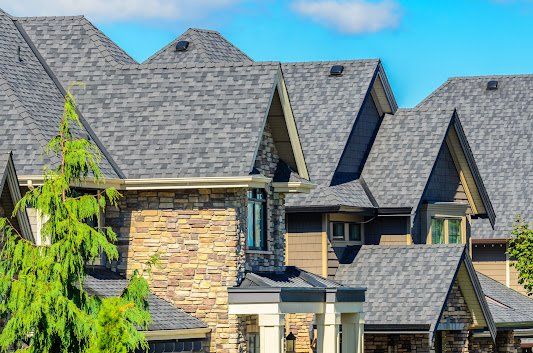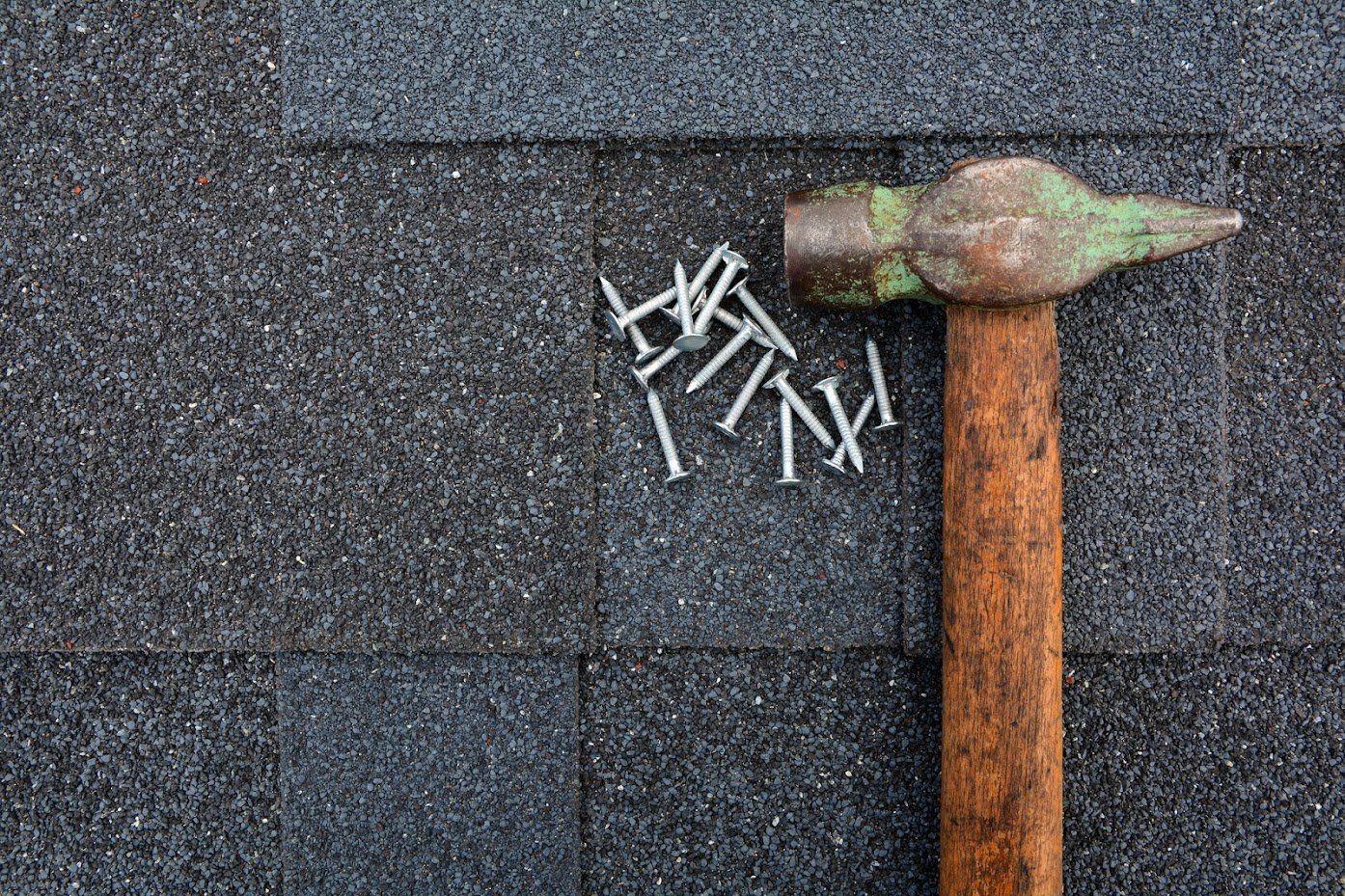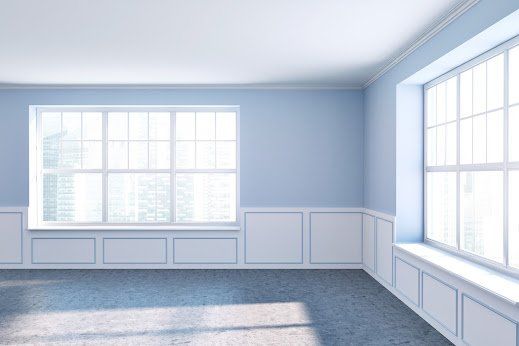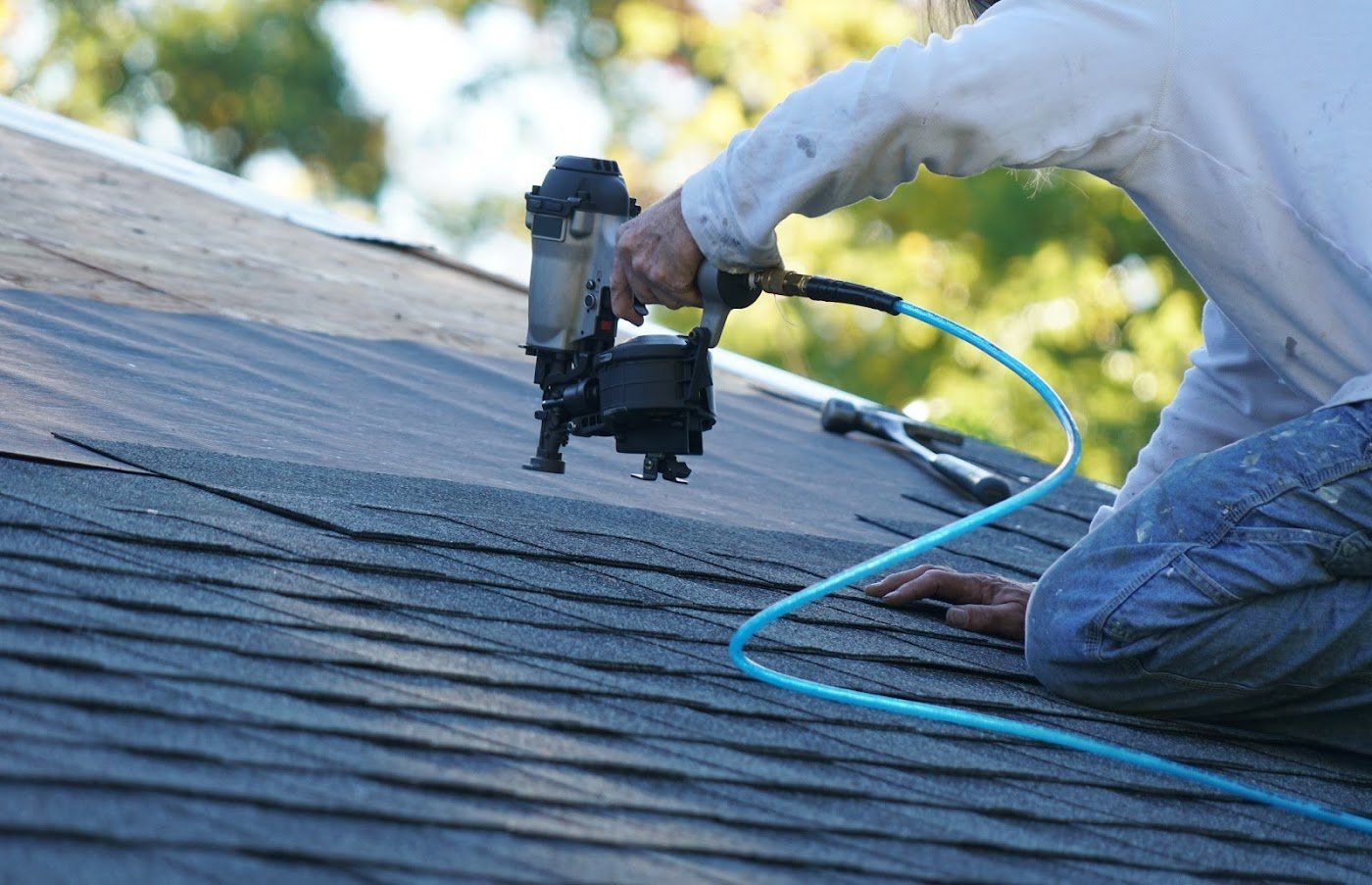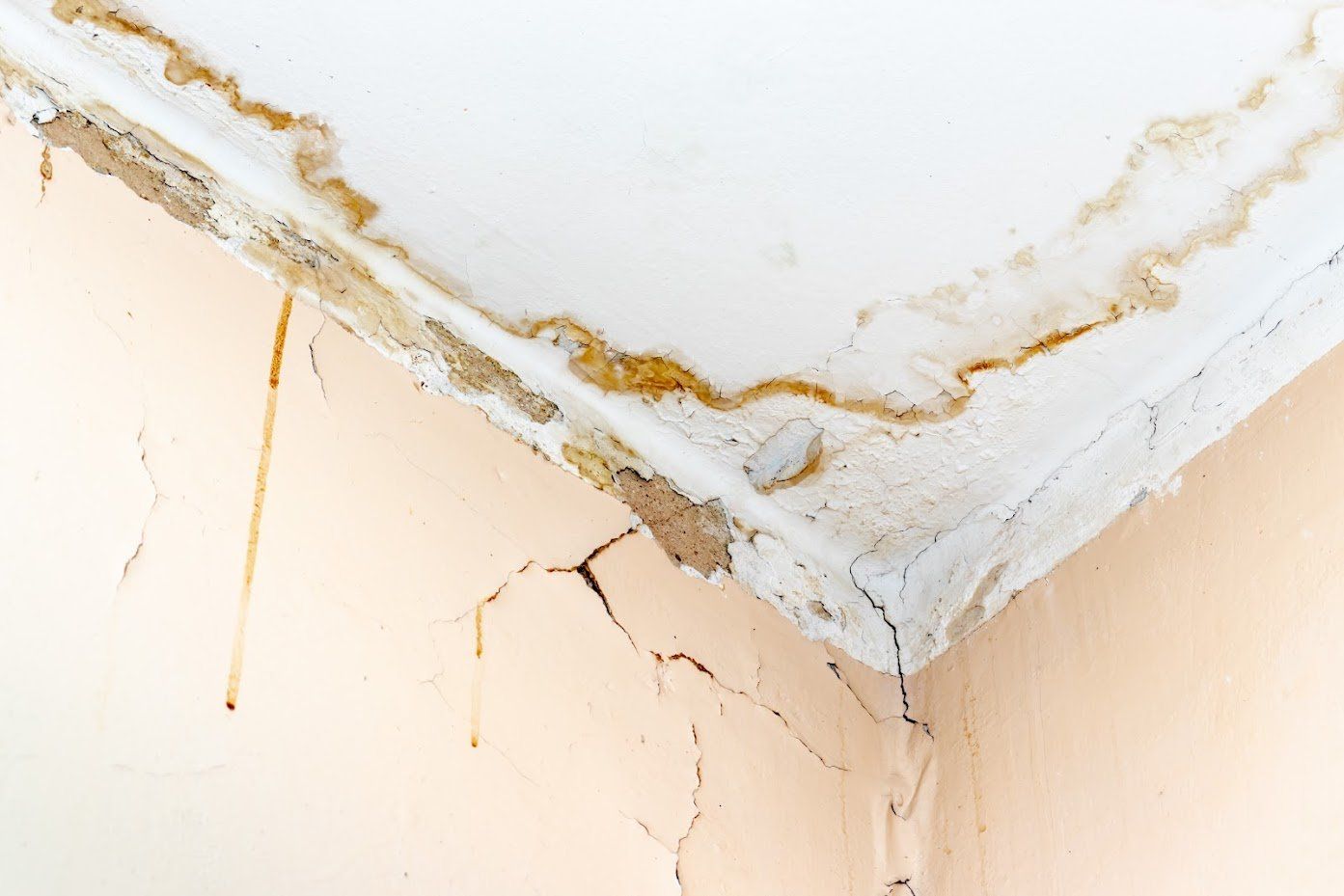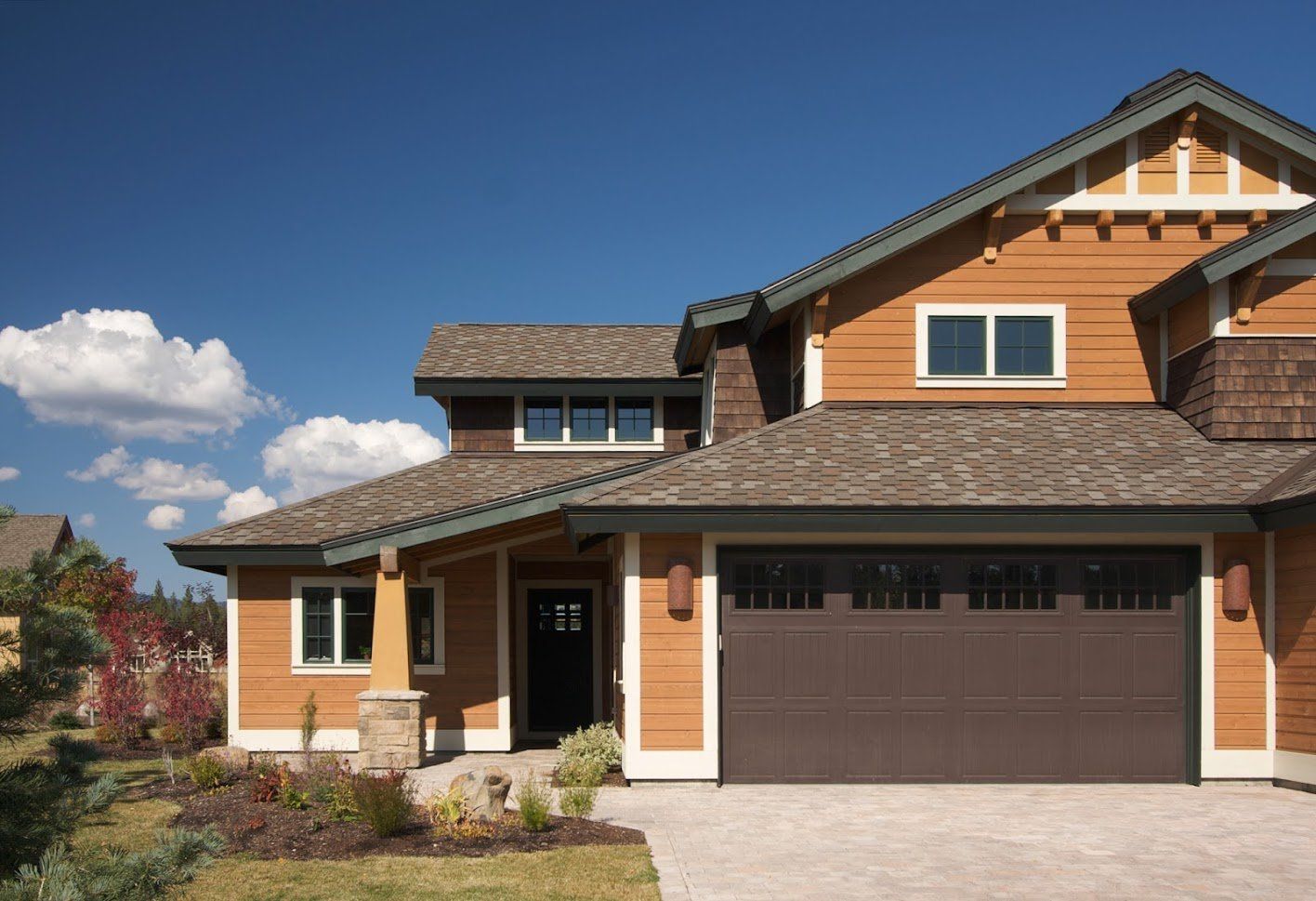3 Tips For Winter Roof Ice Dam Prevention
- By Admin
- •
- 27 Oct, 2020
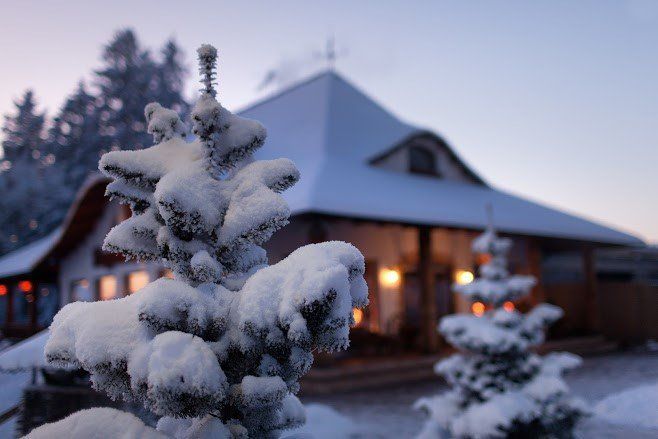
The cold winter is quickly arriving, and one common winter roof problem is the formation of ice dams. Ice dams are large mounds of ice created on a roof when snow melts and then flows to another area of the roof where it refreezes. Ice dams that develop on roof eaves can block the flow of water off the roof, leading to water pooling on the roof surface.
This pooling water can gradually seep underneath the exterior roof surface and into the wooden roof decking. Once the roof deck becomes saturated with water, it can quickly rot and spring a leak that allows water to seep into your home.
Thankfully, there are many steps you can take to prevent ice dams from forming on your roof. Read on to learn three tips for winter ice dam prevention.
1. Keep Your Attic Temperature Low
Ice dams typically occur when outside temperatures remain below the freezing point, yet an area of the roof becomes warm when heated air inside of the home passes its warmth into this roof section, melting the snow that lies on top of it.
One way you can prevent ice dam formation is to keep your roof temperature low enough that it does not melt the snow on top of it prematurely before outdoor temperatures rise to naturally melt snow more gradually and evenly. The best way to achieve this goal is to keep your entire attic as cold as possible during the winter.
To keep your attic cold during the winter, first ensure it is properly and evenly insulated. While most building codes only require about 12 to 14 inches of insulation in an attic, add several more inches of insulation if you struggle with ice dam development during the winter. Opt for insulation types that are blown into place instead of hand-placed batts, because this insulation installation method is less likely to leave gaps in the insulation layer that heat can pass through.
In addition, locate any areas of the attic floor where warm air from the living space underneath it may entering and plug these areas with caulk or another sealant. Finally, properly ventilate your attic, so any warm air that does rise into it during the winter quickly exits through the ventilation system.
2. Increase Roof Pitch
While ice dams can form on any roof, they are more likely to occur and greatly damage a roof with a low slope than one with a steeper slope for several reasons. First, low-slope roofs do not shed snow as effectively as roofs with steeper slopes. When more snow accumulates on your roof, your risk of ice dams increases.
In addition, when a roof has a steeper pitch, the force of gravity helps water flow over small ice dams and off the roof more efficiently, reducing the chance of water pooling on the roof and penetrating under the roof surface.
If your roof has a low pitch and you have battled ice dams in the past, then consider having a roof expert increase its pitch to prevent future ice dam formation and the roof leaks they can cause.
3. Install a Roof Material That Sheds Snow Quickly
Simply keeping snow off your roof can help prevent ice dam formation. While you can rake snow off your roof after every snowfall, this process can be a time-consuming hassle that is especially difficult to perform on two-story homes. A better way to prevent snow accumulation on your roof is to install a roof material that is known to shed snow quickly and efficiently, such as metal.
Snow sheds off metal roofs quickly due to the relatively smooth surface of this roof type. Other roof materials, such as asphalt shingles, have high-friction surfaces that snow can cling to much more easily.
Now that winter is on its way, take steps to prevent roof ice dam formation that can occur during this cold, snowy season. Contact the roofing experts at Ratliff Enterprises, Inc., to discuss ice dam resistant roof installation today.



